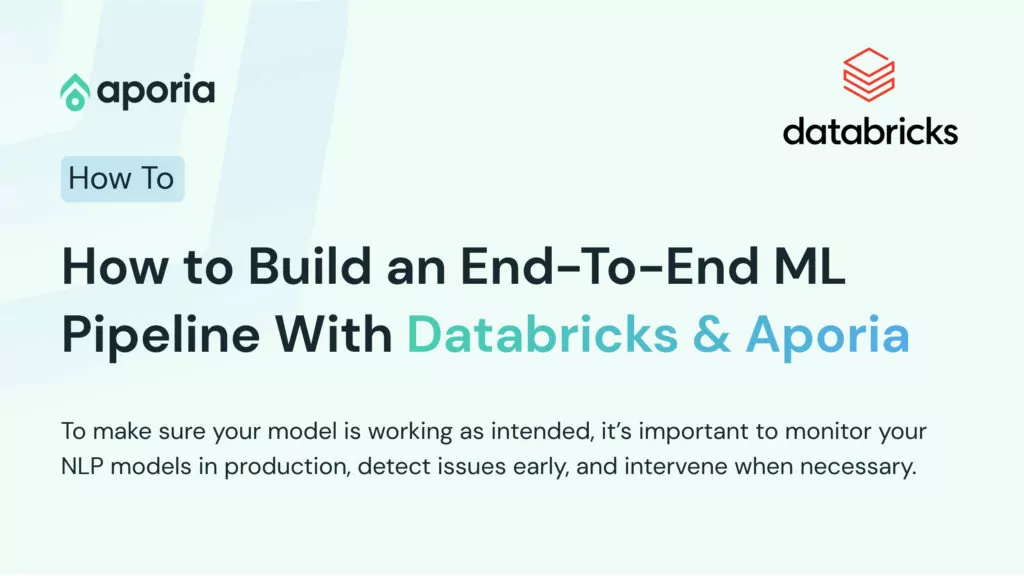
How to Build an End-To-End ML Pipeline With Databricks & Aporia
This tutorial will show you how to build a robust end-to-end ML pipeline with Databricks and Aporia. Here’s what you’ll...
Aporia has been acquired by Coralogix, instantly bringing AI security and reliability to thousands of enterprises | Read the announcement
Consider a DataFrame with a lot of columns and we need all of them except for one. In this short how-to article, we will learn a convenient way of selecting all columns except for one.
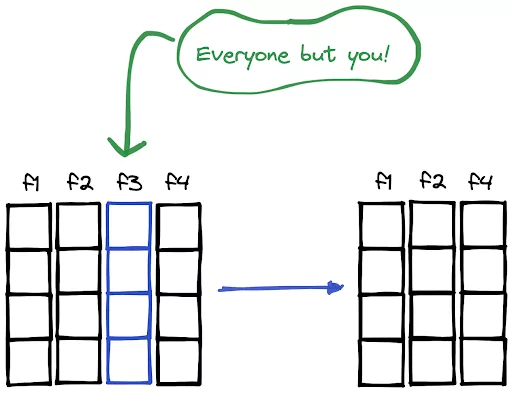
The loc method is used for selecting rows and columns by their labels. We will write a condition in the loc method using the columns method and the name of the unwanted column.
df.loc[:, df.columns != "f3"]We can use a list comprehension in the select function to create a list of the desired columns.
df.select([col for col in df.columns if col != "f2"])The expression inside the select function is a list comprehension that creates a list with all the column names if it is not “f2”.
It is important to note that another way of solving this task is to drop the undesired column. Both Pandas and PySpark have a drop function to do this operation.

This tutorial will show you how to build a robust end-to-end ML pipeline with Databricks and Aporia. Here’s what you’ll...

Dictionary is a built-in data structure of Python, which consists of key-value pairs. In this short how-to article, we will...
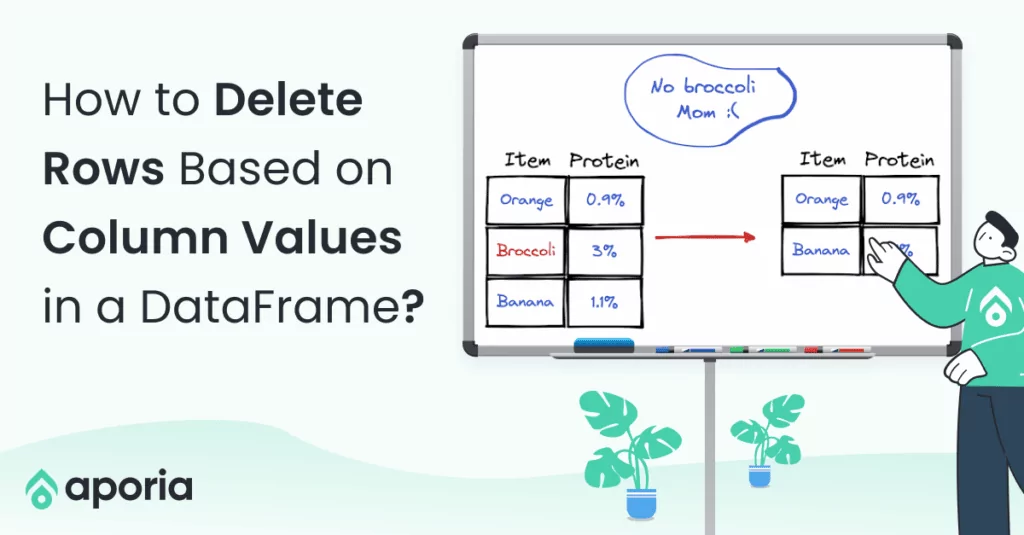
A row in a DataFrame can be considered as an observation with several features that are represented by columns. We...
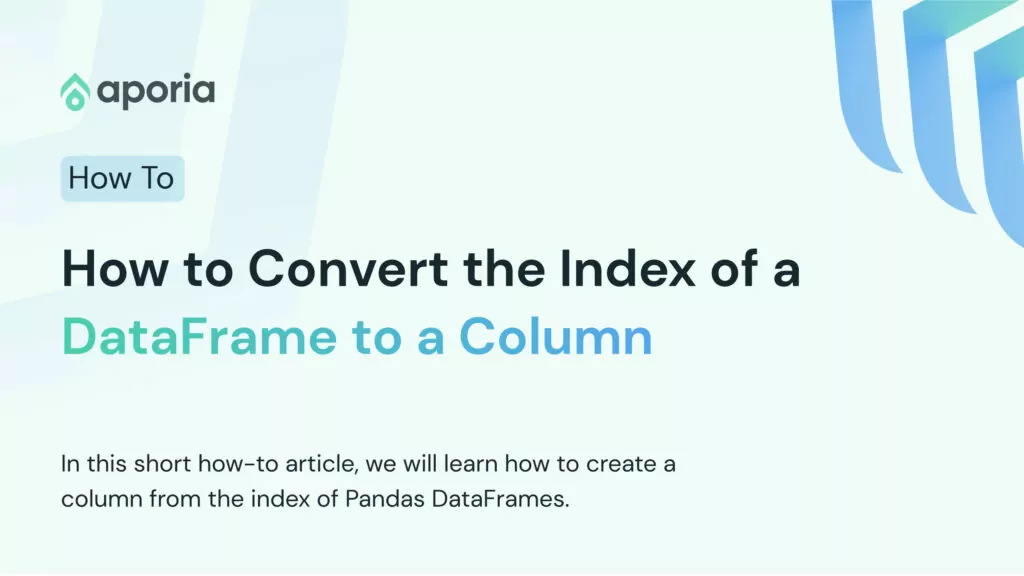
DataFrame is a two-dimensional data structure with labeled rows and columns. Row labels are also known as the index of...
DataFrames are great for data cleaning, analysis, and visualization. However, they cannot be used in storing or transferring data. Once...
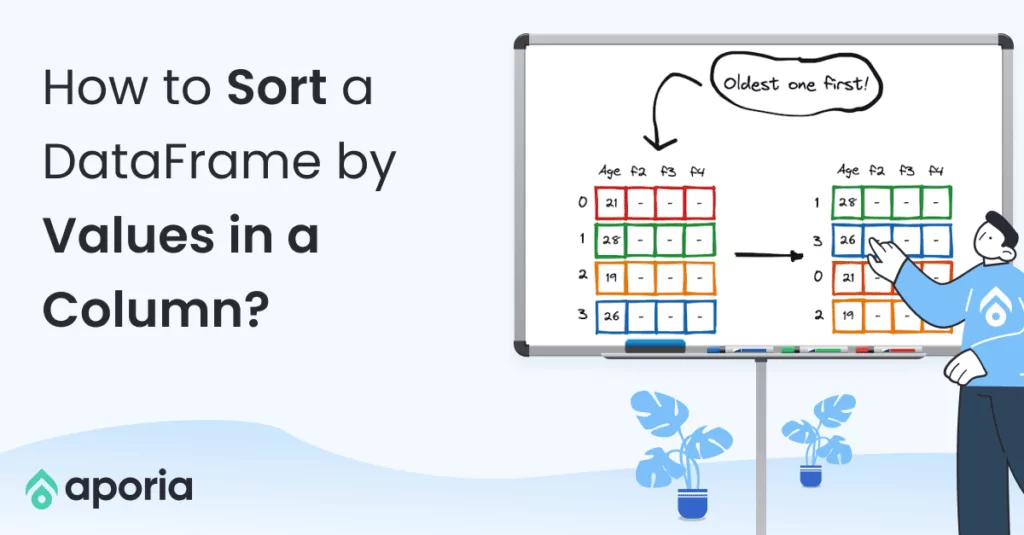
In this short how-to article, we will learn how to sort the rows of a DataFrame by the value in...
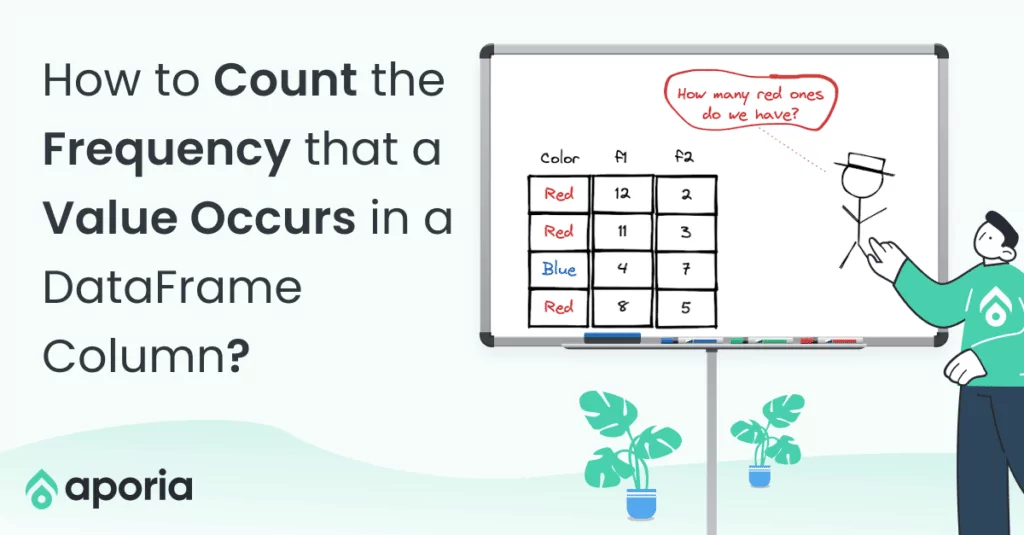
In a column with categorical or distinct values, it is important to know the number of occurrences of each value....
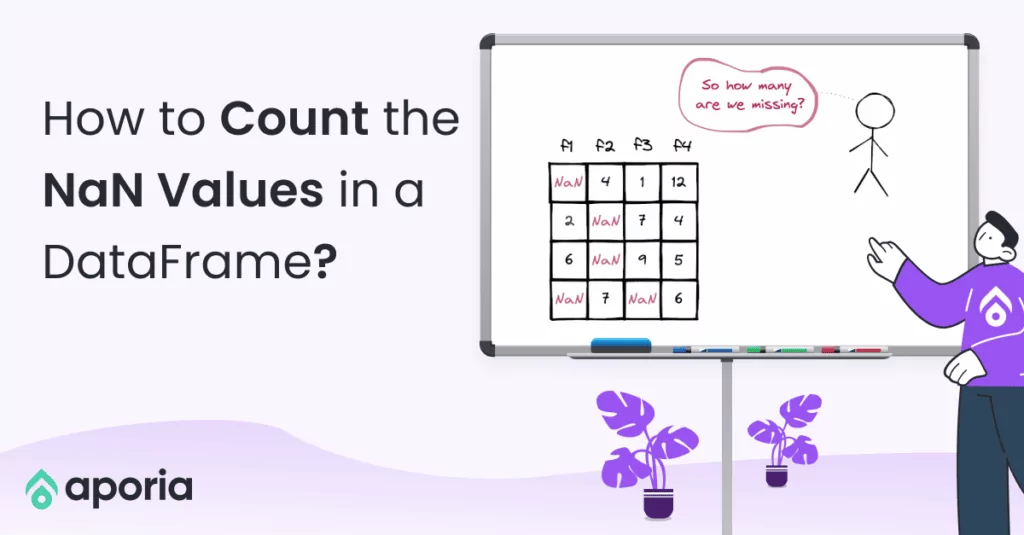
NaN values are also called missing values and simply indicate the data we do not have. We do not like...